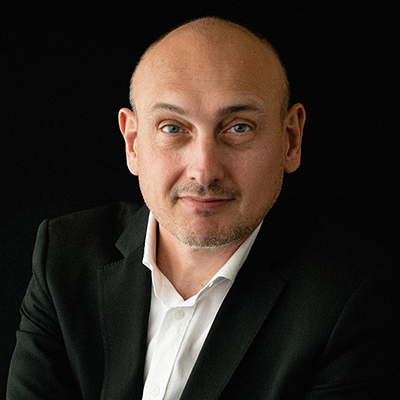In 1962, the Beatles released Love Me Do, kicking off one of the most celebrated chapters of music history. But even their most ardent fans would have been hard pressed to imagine the Fab Four releasing a new song in 2023 — long after two band members had died.
It’s hardly surprising, since the group’s recent hit, Now and Then, relied on a technology that did not exist when the Beatles began their meteoric rise to fame. For the new song, vocals from John Lennon, who died in 1980, were freed from a low-quality 1970s demo tape using machine learning. From there, the remaining Beatles built a new recording.
The de-mixing algorithm in question, called MAL (for Machine Assisted Learning), had previously been used to upgrade various old Beatles tracks. It forms part of a growing array of artificial intelligence (AI) tools that are taking the music world by storm.
Partly this is due to the tremendous potential of generative AI, which goes beyond simply separating vocals from low-fi home recordings. Generative AI technology made headlines in 2023 after a song attributed to singers Drake and The Weeknd turned out to have vocals faked using AI. Meanwhile a startup called BandLab uses AI to help artists gain inspiration for new songs.
Music producers are also using the technology to break up existing compositions into audio stereo masters, or stems, for remixing. And AI can even produce original, royalty-free music.
Understandably, some of these applications have alarmed professionals in an industry that loses $12.5 billion a year to pirates in the United States alone, and so jealously guards ownership and rights.
Cisco is driving innovative uses for AI in networking, security, and collaboration. But it’s also a leader in the ethical and responsible uses of this new technology. The company’s Responsible AI Framework is a standard for the technology industry, and lays out six principles of Transparency, Fairness, Accountability, and Privacy, Security, and Reliability.
Protecting artists’ rights
In the music industry, AI may be driving fears around creative rights. But there is also buzz around AI applications that could protect artists’ creative property. The catalog management service Reprtoir, for instance, uses AI for automatic track tagging.
A process that is key to music commercialization, tagging determines what style or styles of music a track belongs to, so a publisher knows how and where to place the artist. When done manually, it can be highly subjective, resource-intensive, and error prone.
Reprtoir has found it can overcome these limitations using an AI from Cyanite, which is used for similarity searching and auto tagging in massive music catalogs. The goal is to ensure that each track added to a catalog is tagged as precisely as possible and thus has the potential to reach wider and more appreciative audiences.
“We're able to help music companies tag their content more efficiently, which improves the knowledge of the value of their catalogs,” explained Dominique Rottet, Reprtoir’s CEO.
Accurate tagging is key for music fans exposed to more choices than ever before. The streaming platform Spotify boasts more than 100 million tracks, roughly the same number available via other online channels, including Apple Music, Amazon Music Unlimited, and YouTube.
While Reprtoir works with publishers that then put their content out on these platforms, another firm, Incantio, is using similar AI technology in a direct-to-consumer model.
Publishers and artists can put content straight onto Incantio’s platform, with AI helping users find new music based on existing tastes.
“Incantio is using an AI search algorithm that is basically like magic, because the results are so good,” said CEO and co-founder Danny Newcomb, who was a member of various Seattle bands before moving into music publishing.
“Part of the reason the results are so good is because we ingest all the music ourselves and tag as we do that,” he added. “Our ability to allow artists to upload directly into our system also means we can ask for different information from other platforms — and offer different kinds of searching.”
Such advances promise to give artists access to new audiences and revenues, potentially balancing out some of the concerns that arise from the kinds of AI music applications that have dominated discourse thus far.
That is not to say the creative impact of AI on music is any less important, however. “Obviously AI is amazing at mimicking artists and voices,” Newcomb said.
As AI evolves towards the standards of human-created music, listeners will have to make a choice, he believes.
“Do we want to learn something from another human, through art and their dedication to presenting us with their work,” Newcomb asked, “or do we want to pass time listening to a very musical blender: music made by a machine on our command?”
“They are both music, but one has intent, and the other an empty endless capacity.”




